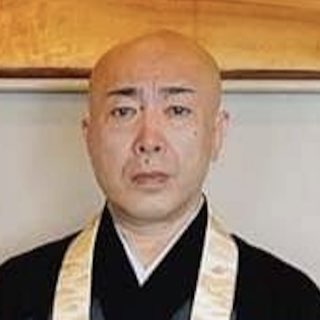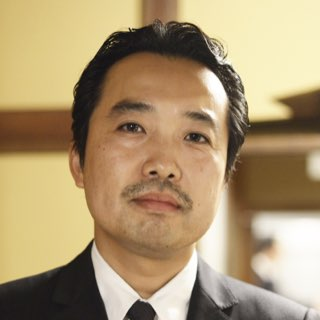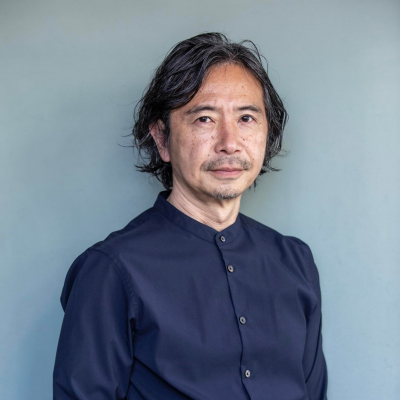
Gyokai Imadegawa
Gyokai Imadegawa Worship Director
There is an old children’s song that has been passed down in Sakamoto at the foothills of Mt. Hiei, where the old satobo residences of former monks can be found. The song is about the food consumed by Buddhist monks.
The Buddhist monk Saicho, who founded the Tendai sect of Buddhism on Mt. Hiei, brought tea and tofu skin to Japan from China. The children’s song mentions a Buddhist meal of broiled tofu skin and takuan pickles, the latter of which is thought to have first been made by Ryogen, the 18th head priest of the Tendai sect who lived during the Heian period. As can be seen from this song, meat and fish are not consumed on Mt. Hiei, which has for many years been a location for ascetic training. Instead, priests on the mountain consume shojin ryori, a vegetarian Buddhist cuisine.
Shojin ryori does not use any animal proteins from meat, fish, or eggs, nor does it use any pungent vegetables such as spring onion, onion, or garlic chives. The dashi used in shojin ryori is made from kombu seaweed or dried shiitake mushrooms.
Shojin ryori places thorough importance on the balance between sourness, bitterness, sweetness, spiciness, and saltiness, and the idea is to enjoy the natural taste of the ingredients.
Further, before and after every meal, it is custom for Buddhist priests to recite a prayer called the Saijikigi, a tradition that has continued for many years.
The pre-meal prayer can be roughly translated as follows: “We are fortunate to receive this food thanks to the divine protection of Buddha and the blessings of living things. We shall respect the origins of the ingredients and appreciate the differing strengths and weaknesses of flavor. We will give thanks for these blessings and the variety of ingredients we consume.”
After meals, too, we recite a prayer to give thanks for the life we have consumed to support our own.
These prayers have been translated into modern Japanese from the Kanjin jikiho produced by Tendai Daishi, who is revered as the founder of the Tiantai school of Buddhism.
Although we tend to consume delicious ingredients without much thought,but we are consuming life in fact.
The Saijikigi is an expression of thanks for all living things.
Behind this idea is the Buddhist belief that Buddha exists in all things, be it mountains, rivers, trees, or grass.
At Enryaku-ji Temple on Mt. Hiei, we have remained true to this belief—that is, that Buddha exists in everything from our trees and grass to our water and stones.
We revere Shinto and Buddhist deities and nature, and join our hands in prayer to worship them. In shojin ryori, to ensure that nothing goes to waste, we make sure to use up all of the ingredients.
In Japan, around 5.7 million tons of edible food is wasted annually. This is said to be about 40% more than the volume of food assistance supplied to those starving across the world (according to the Consumer Affairs Agency). These figures show the need for us to reduce food waste.
In recent years, expectations have been growing for the SDGs and circular economies. At Enryaku-ji Temple, we believe that in addition to food culture, we can communicate the wisdom we have inherited from our ancestors regarding the protection of cultural properties, coexistence with nature, and more, and have commenced various initiatives to do just this.
Among our regular ascetic training practices, there are many environmentally friendly measures we take that go hand in hand with the 17 Sustainable Development Goals.
From Enryaku-ji Temple, we will strive to contribute to a better world by applying the learnings and cultures from our 2,000 year history to modern society.






